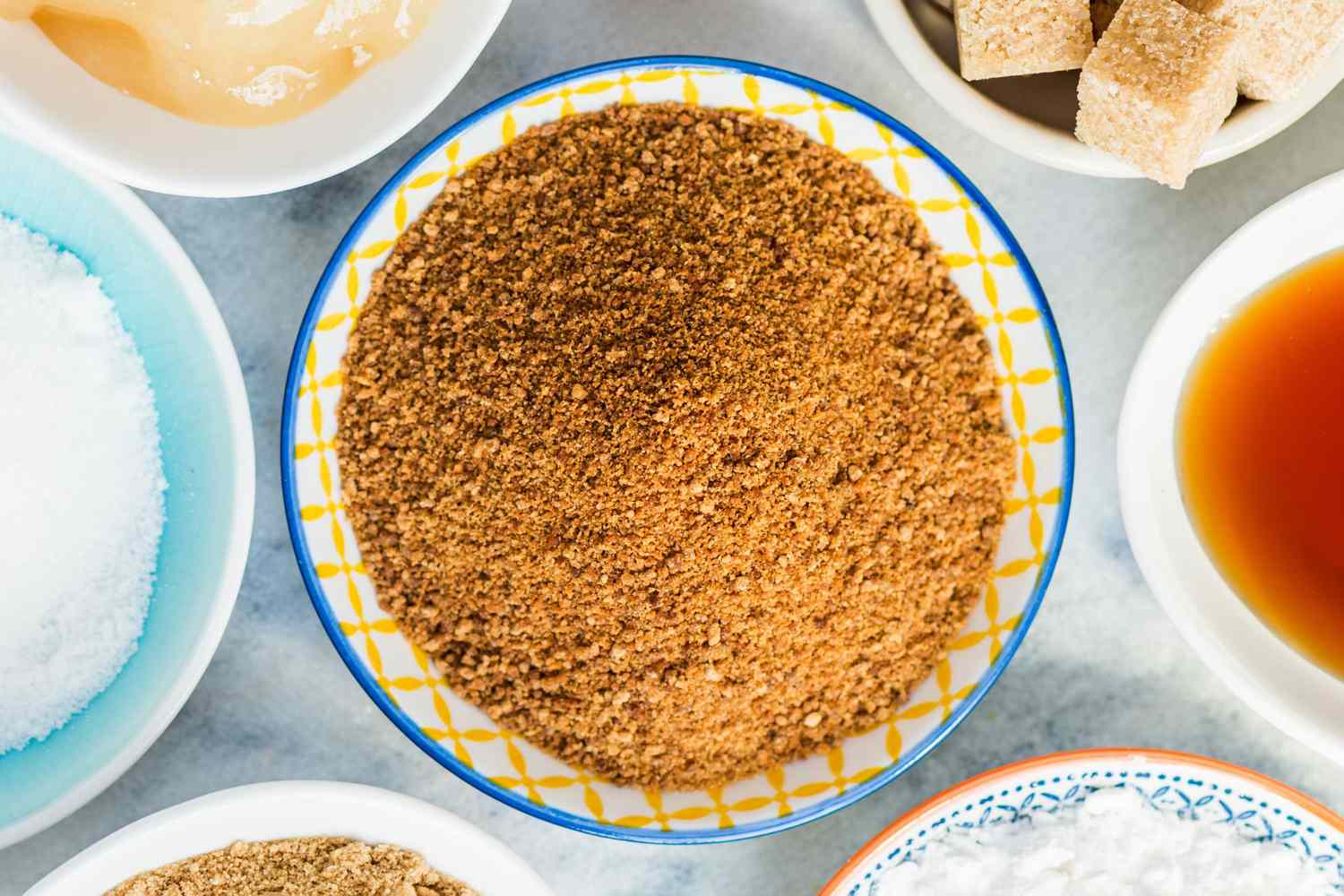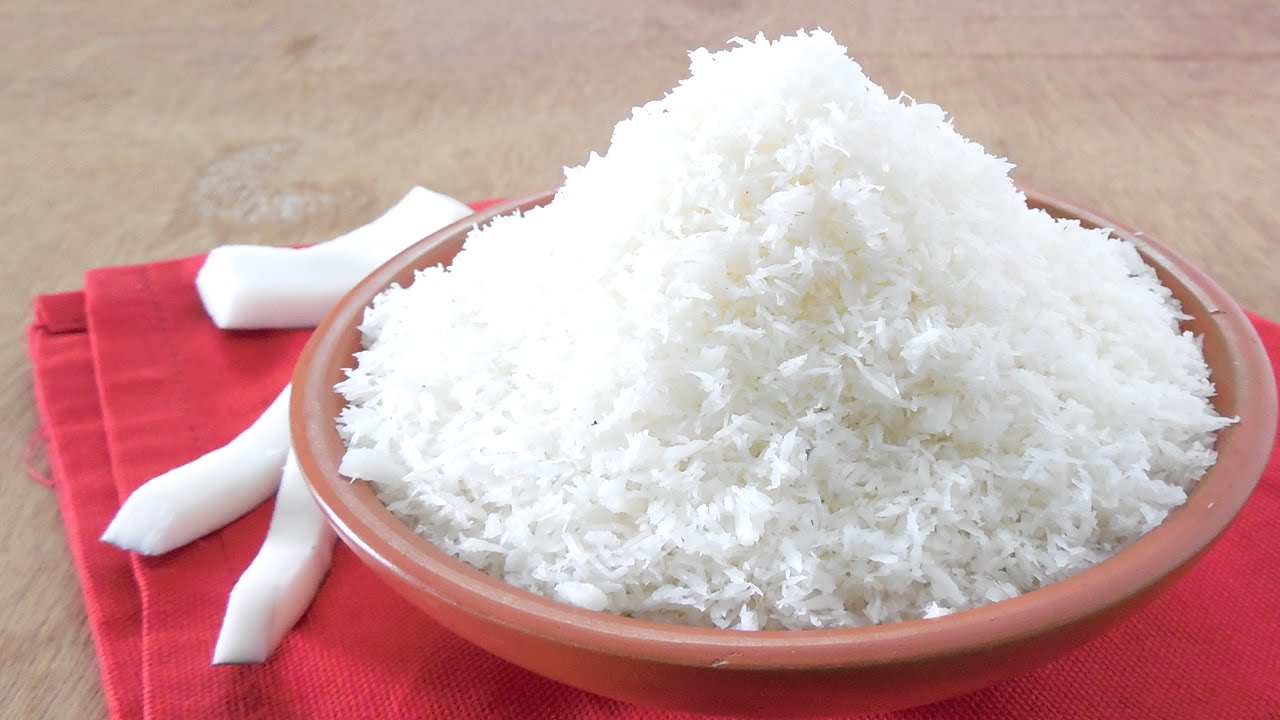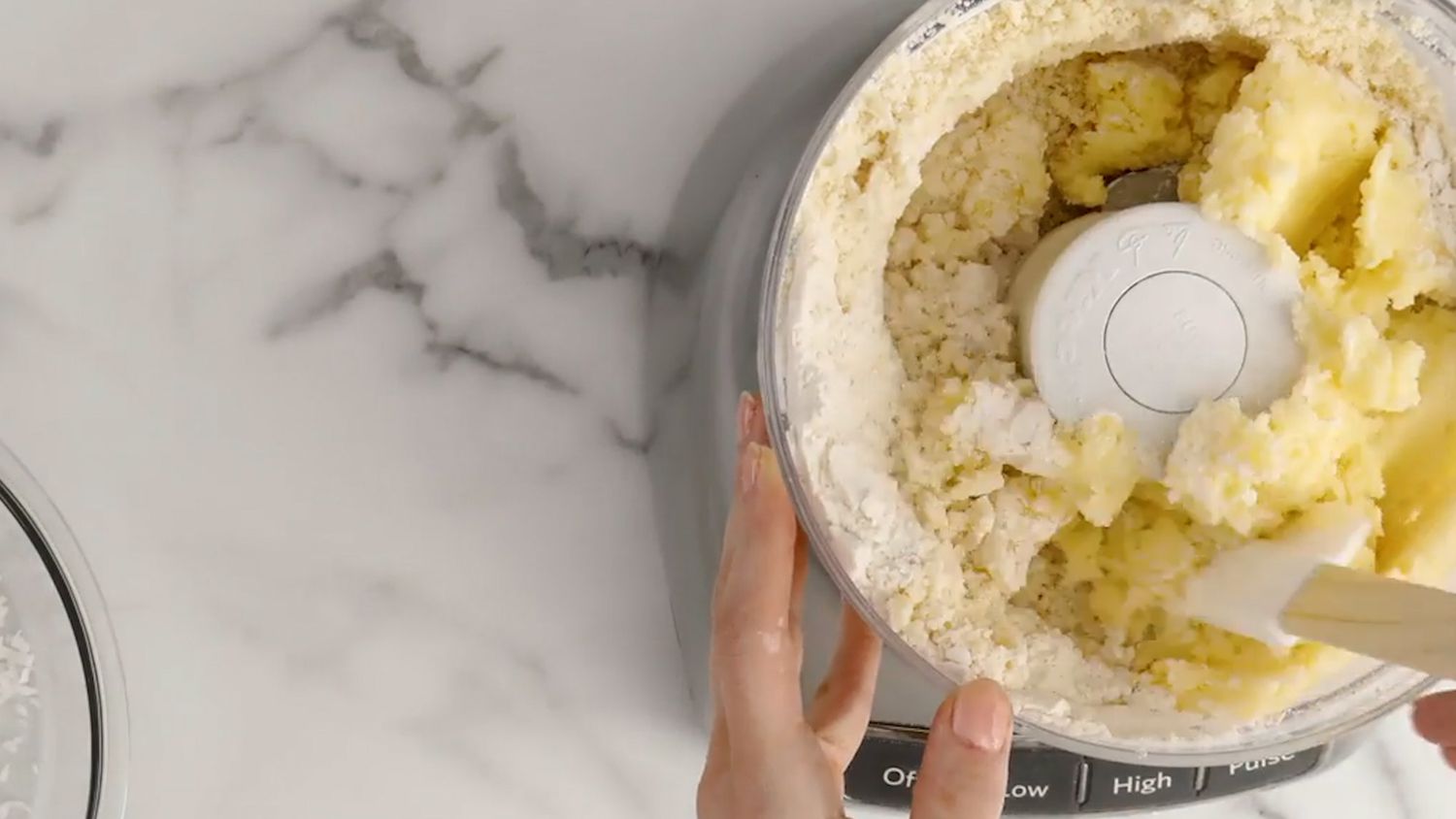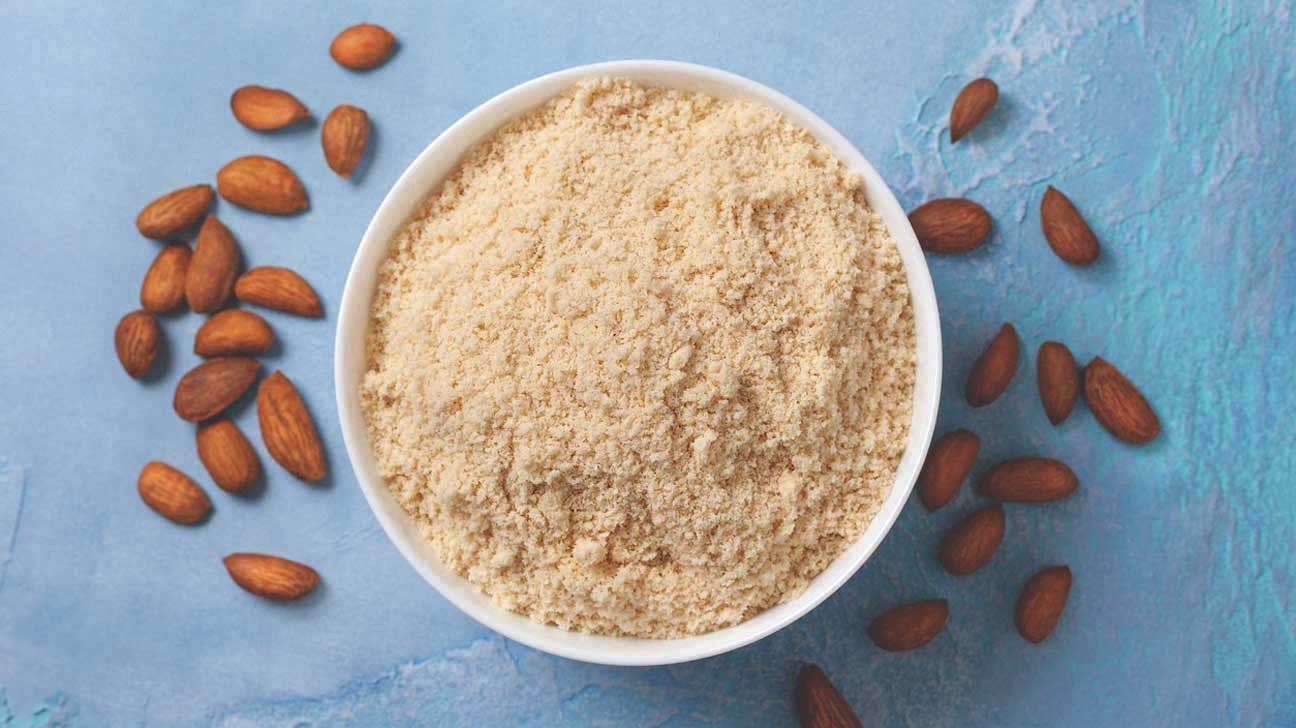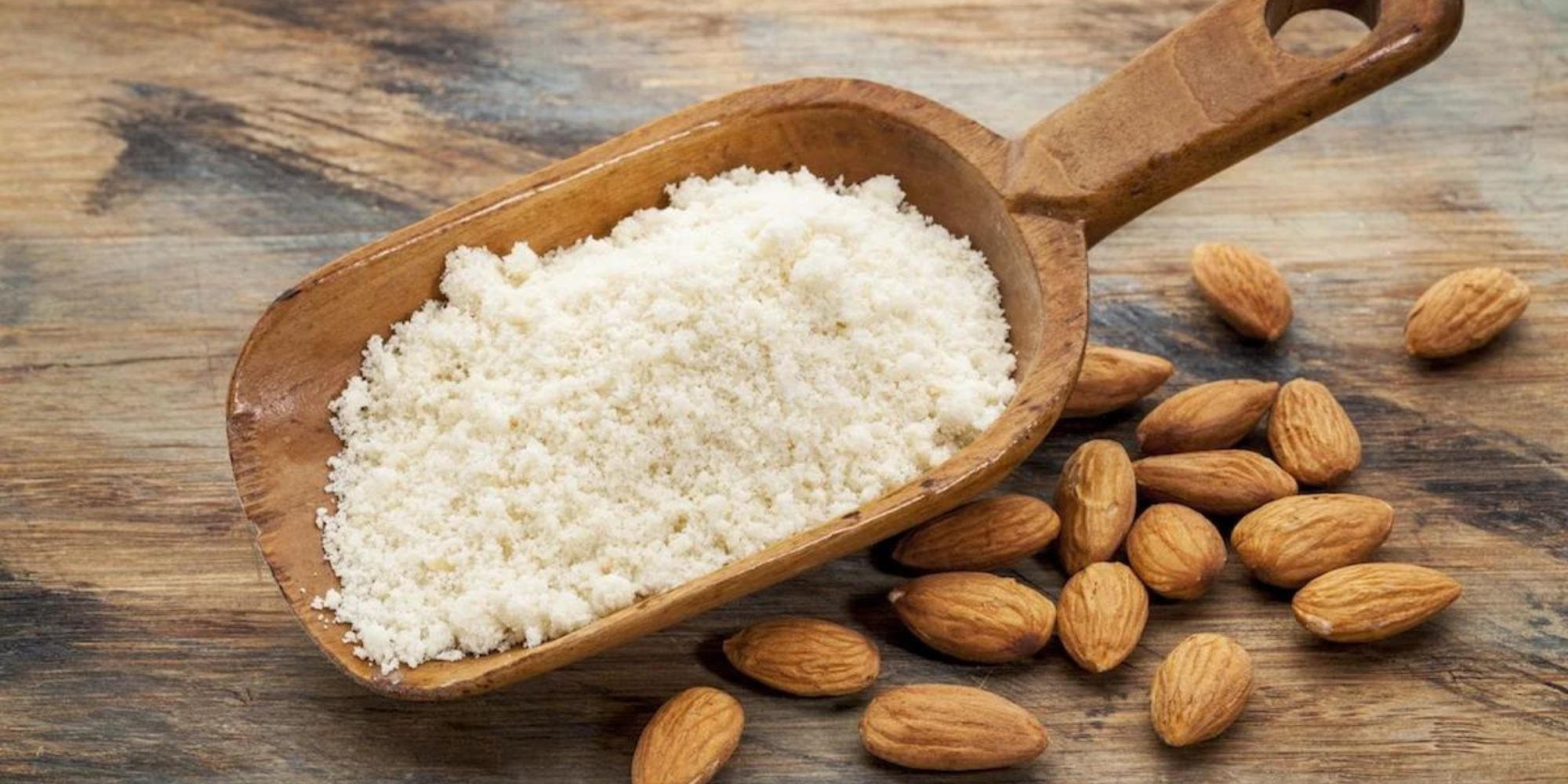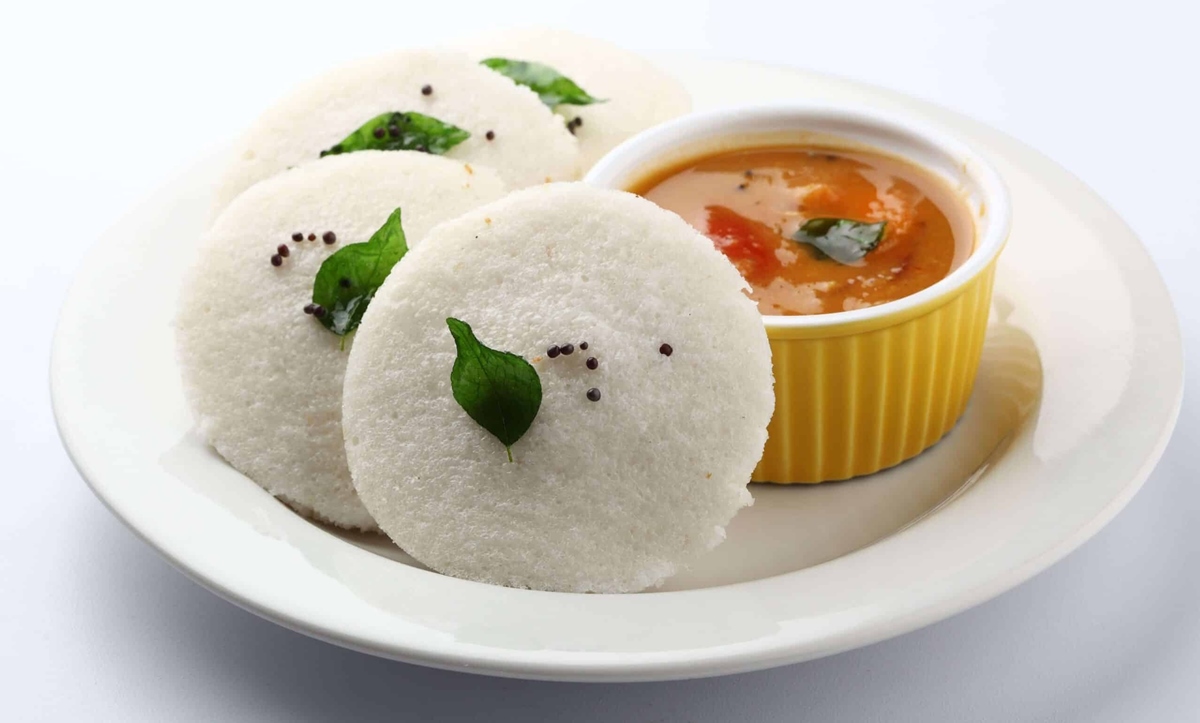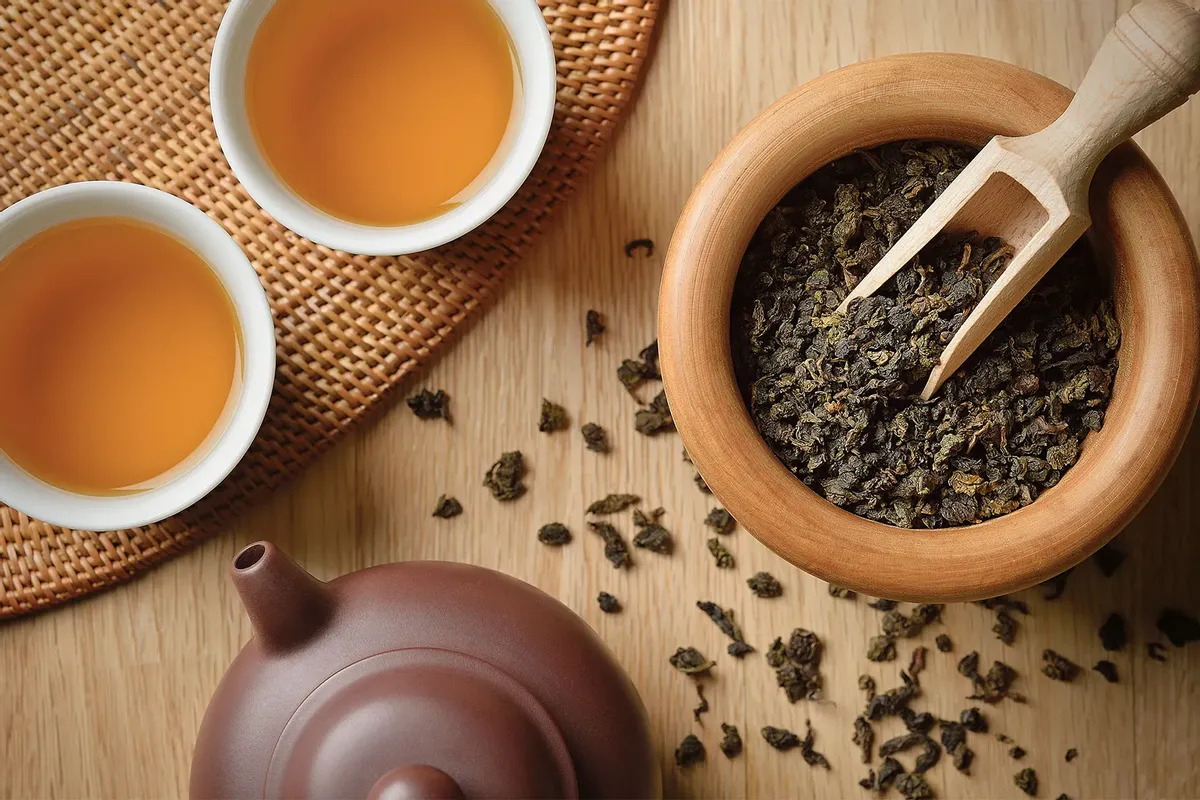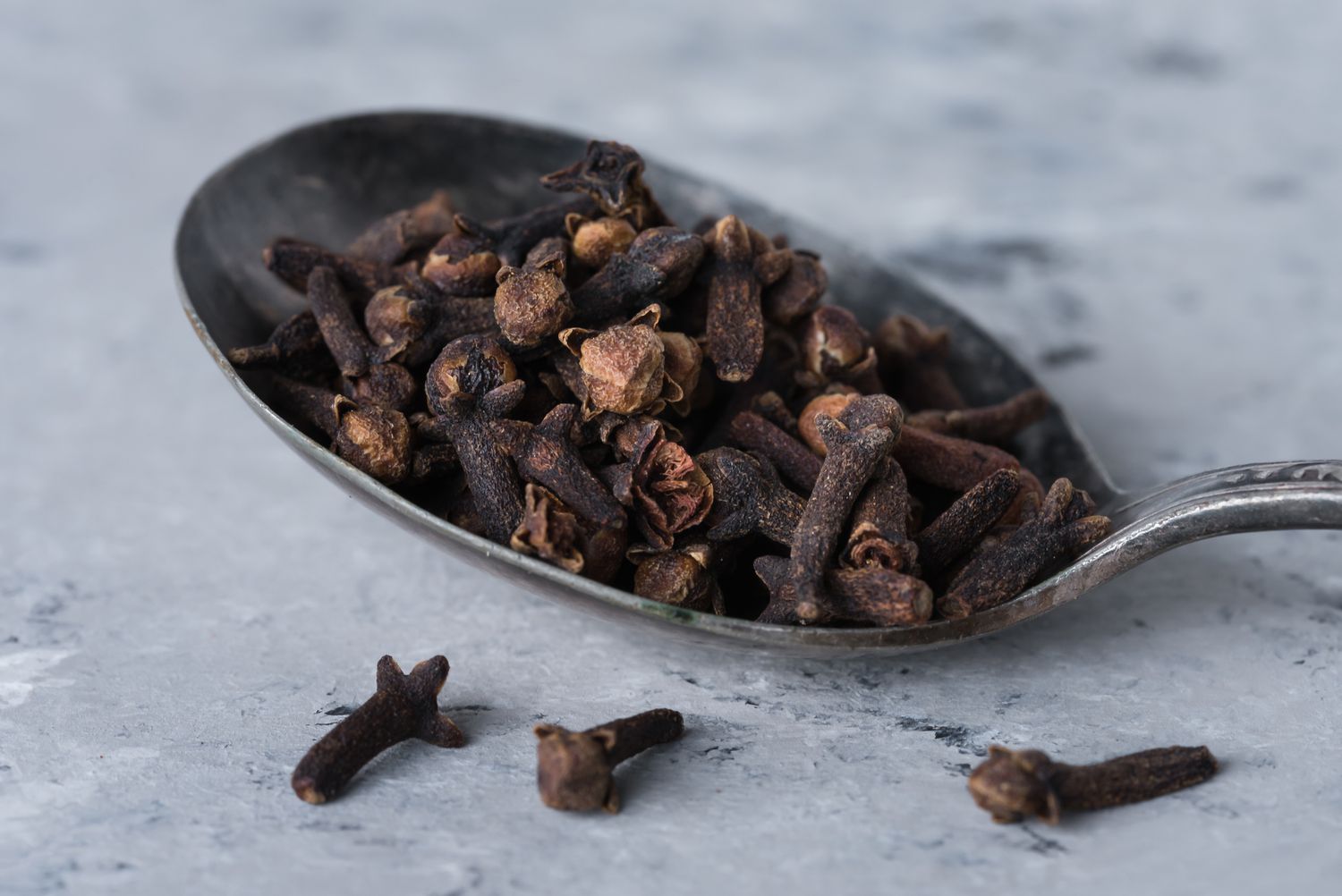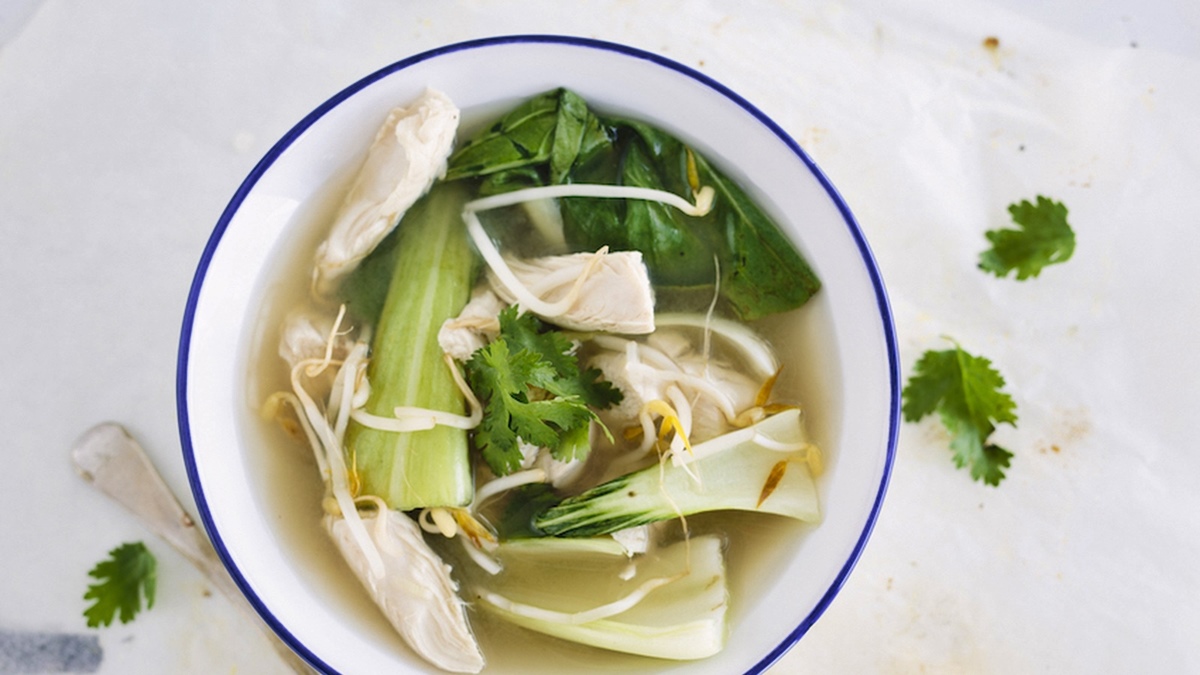Grinding Coconut: A Beginner’s Guide
Coconut is a versatile and delicious ingredient that is used in a wide variety of dishes, from curries to desserts. One of the most common ways to use coconut in cooking is in its grated form. Grated coconut adds a rich, nutty flavor and a unique texture to dishes, making it a popular choice for many recipes. If you’ve ever wondered how to grind coconut at home, you’ve come to the right place. In this guide, we’ll walk you through the process of grinding coconut so you can enjoy its fresh, tropical flavor in your own kitchen.
What You’ll Need
Before you get started, gather the following tools and ingredients:
- Fresh coconut
- Clean bowl
- Grater or food processor
- Knife
- Strainer or cheesecloth
- Water
Step 1: Preparing the Coconut
Start by cracking open the coconut using a knife or a coconut opener. Once the coconut is open, drain the water and remove the white flesh from the shell. Use a knife to separate the flesh from the shell, and rinse it with water to remove any remaining shell particles.
Step 2: Grating the Coconut
There are a few different methods you can use to grate the coconut:
- Hand Grating: If you’re using a traditional grater, simply hold the coconut flesh in one hand and grate it using the grater held in the other hand. This method requires a bit of elbow grease, but it’s a simple and effective way to get finely grated coconut.
- Food Processor: If you have a food processor, you can use the grating attachment to quickly and easily grate the coconut. Simply cut the coconut flesh into smaller pieces and feed them through the grating attachment.
Step 3: Straining the Grated Coconut
Once you’ve grated the coconut, place the grated flesh in a clean bowl. If you prefer a finer texture, you can further grind the grated coconut in a food processor to achieve the desired consistency. After grinding, strain the coconut through a strainer or cheesecloth to separate the coconut milk from the grated flesh.
Using Grated Coconut
Now that you’ve successfully ground your coconut, you can use it in a variety of recipes. Add it to curries, soups, smoothies, or desserts for a burst of tropical flavor. You can also toast the grated coconut in a dry pan to enhance its nutty flavor before using it in your dishes.
Grinding coconut at home is a simple and rewarding process that allows you to enjoy the fresh, natural flavor of coconut in your cooking. With just a few basic tools and a little bit of effort, you can create your own freshly ground coconut to elevate your favorite recipes.
So, the next time you’re craving the sweet, nutty taste of coconut, try grinding it at home and experience the difference it makes in your dishes.
